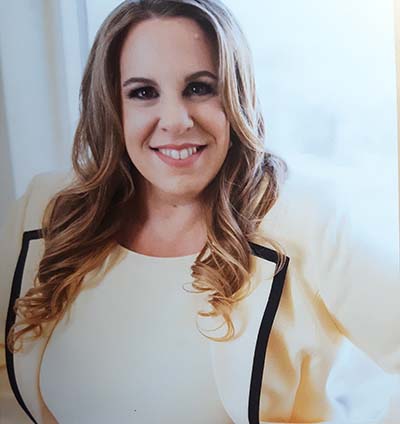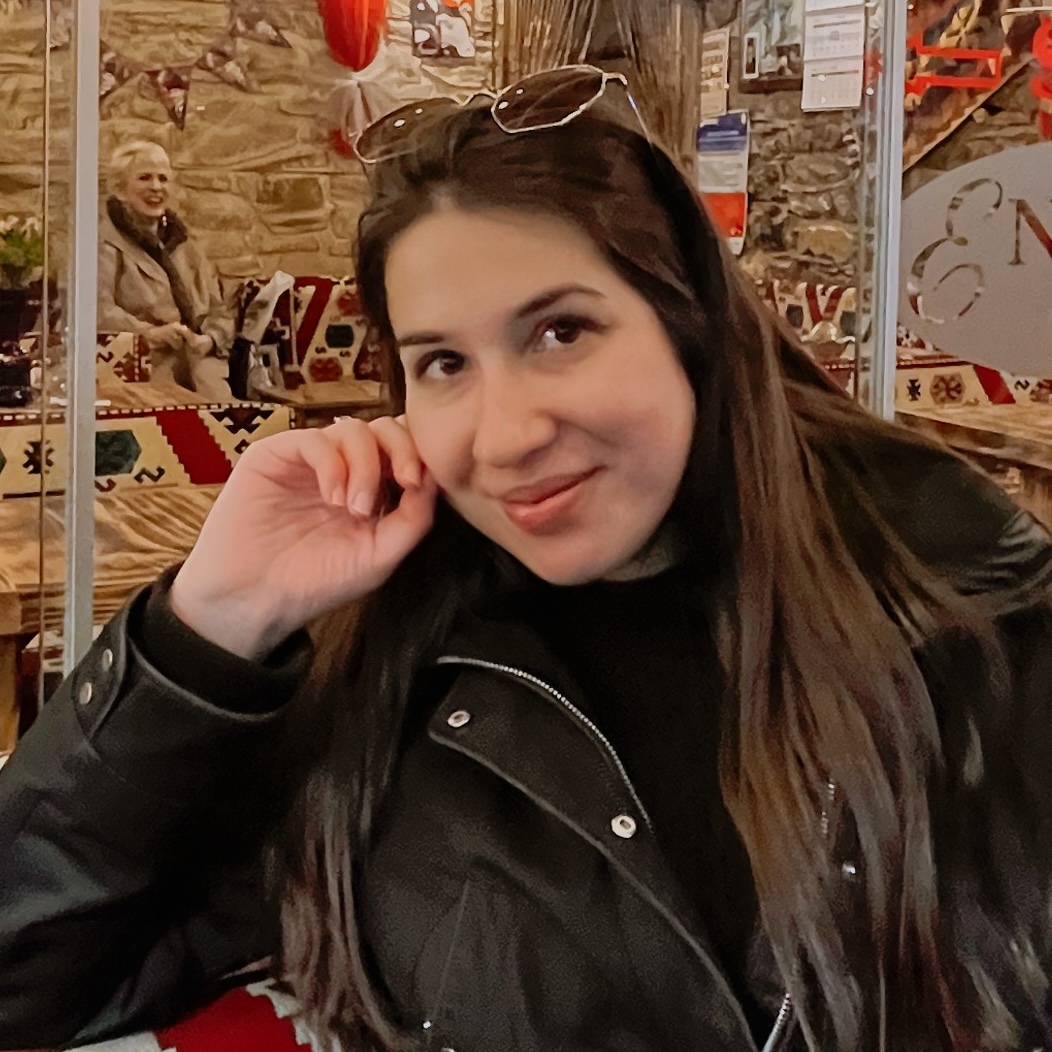Addressing Realistic Timelines for the Dying
When it comes to looking at how long someone diagnosed with a life-threatening illness has to live, we tend to give people more time than they actually have.
Doctors do it, family does it. It is the hospice nurse or end of life doula’s job to be the realist, to guide all present.
Families give more time by seeing through the lens of their emotions, their fears, and their lack of role models. People don’t have accurate role models on what dying looks like anymore, other than movies, and people don’t die like that.
It is the end of life team (hospice or EOL doulas) that must be clear, observant, and honest while being gentle and supportive as they guide families and significant others through this challenging yet sacred time.
This guidance comes in the form of explaining the signs of approaching death. This guidance is teaching pain management and use of narcotics (what they do, how much to give and the response). This guidance is not just explaining the way death comes and what it will look like, but ensuring that those listening understand what this means.
Addressing the most realistic timelines of approaching death allows families and significant others the opportunity to do and say what needs to be done and said, to put affairs in order, to bring family and significant others together.
Addressing the timelines of approaching death also neutralizes the false hope that our person will get better, that there is more time. It addresses the “I can do it tomorrow” Procrastination we tend to have when we are experiencing something uncomfortable.
Addressing the timelines of approaching death gives families the opportunity to come together, spend time with each other, support each other, and to say goodbye.
Something more… about Addressing Realistic Timelines for the Dying
I urge hospice staff and end of life doulas to read my book, The Final Act of Living, Reflections of a Long-Time Hospice Nurse. It is used as a training tool, but reads like a book of stories from my experience these many decades as a hospice nurse at the bedside of the dying. You will see that death doesn’t just happen; there is an unfolding. There is a process to the dying.
Originally Published on https://bkbooks.com/blogs/something-to-think-about



























Already a Member? Login Here.
Not Yet a Member? Join the Conversation Today!